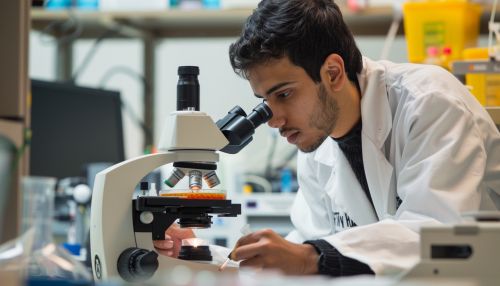Biosurveillance
Introduction
Biosurveillance is a critical aspect of public health practice, involving the systematic process of gathering, analyzing, and interpreting health-related data to detect, track, and manage disease outbreaks and health events. This practice is essential for the early detection of disease outbreaks, which allows for timely intervention and mitigation of potential health risks. Biosurveillance encompasses a wide range of activities, including disease surveillance, laboratory testing, data analysis, and health informatics.


History and Evolution
The concept of biosurveillance has its roots in the traditional practice of epidemiology, which involves the study of disease patterns and causes in populations. The advent of modern technology and the increasing availability of health-related data have significantly expanded the scope and capabilities of biosurveillance. Today, biosurveillance systems can rapidly analyze large volumes of data from various sources, including electronic health records, laboratory reports, and social media, to detect and respond to health threats in real-time.
Components of Biosurveillance
Biosurveillance involves several key components, each playing a crucial role in the detection and management of health threats.
Data Collection
Data collection is the first step in the biosurveillance process. This involves gathering health-related data from various sources, including hospitals, laboratories, and public health agencies. The data can include information on disease symptoms, laboratory test results, and demographic data.
Data Analysis
Once the data is collected, it is analyzed to identify patterns and trends that may indicate a potential health threat. This involves the use of statistical methods and data mining techniques to detect anomalies and patterns in the data.
Health Informatics
Health informatics plays a crucial role in biosurveillance, facilitating the collection, analysis, and interpretation of health data. It involves the use of information technology and data management systems to manage and analyze health data.
Laboratory Testing
Laboratory testing is a critical component of biosurveillance, providing definitive evidence of disease outbreaks. This involves the use of various diagnostic tests to confirm the presence of disease-causing agents in samples collected from patients.
Applications of Biosurveillance
Biosurveillance has a wide range of applications in public health practice.
Disease Surveillance
Disease surveillance is a primary application of biosurveillance, involving the systematic collection and analysis of health data to detect and track disease outbreaks. This allows for early detection and intervention, reducing the impact of disease outbreaks.
Bioterrorism Detection
Biosurveillance plays a crucial role in the detection of bioterrorism events. By monitoring health data for unusual patterns or trends, biosurveillance systems can detect potential bioterrorism events and facilitate a rapid response.
Environmental Health Monitoring
Biosurveillance can also be used to monitor environmental health hazards, such as air and water pollution. By tracking health data, biosurveillance systems can detect increases in diseases associated with environmental hazards, prompting intervention measures.
Challenges and Future Directions
Despite its potential, biosurveillance faces several challenges, including data privacy concerns, the need for interoperability between different data systems, and the need for improved data analysis methods. However, advances in technology and data science are expected to drive the evolution of biosurveillance, enhancing its capabilities and applications in public health practice.
